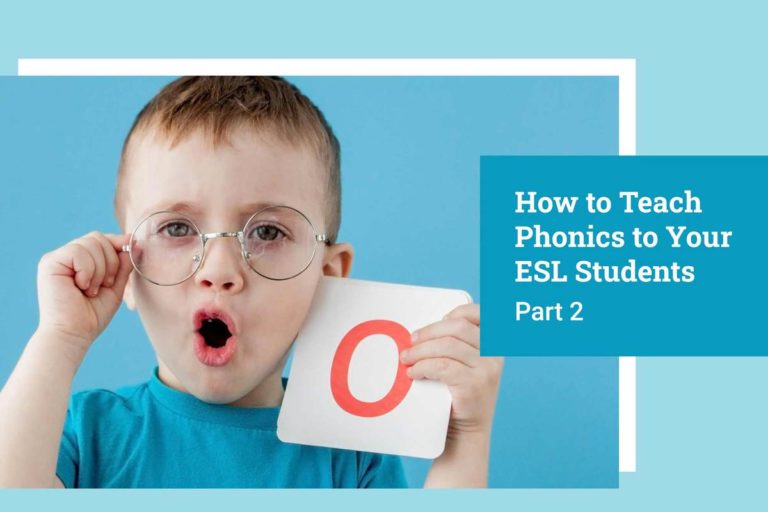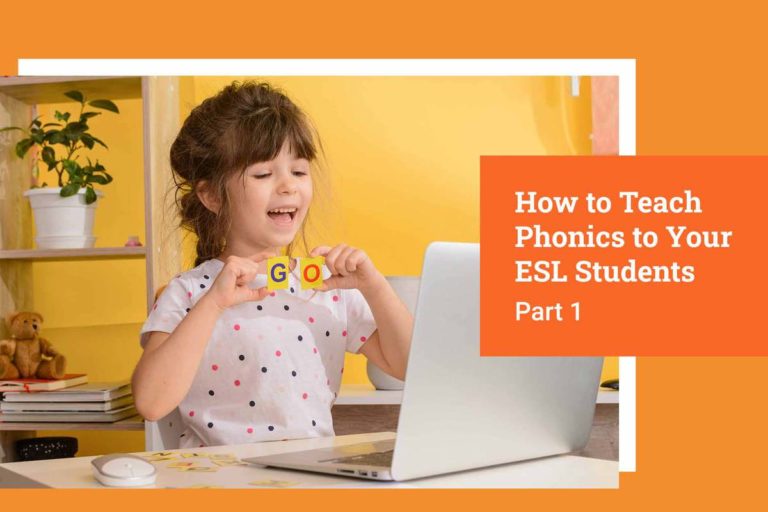Ready to start teaching English online?
Teach with VIPKidMontessori education was originally developed by Italian physician Dr. Maria Montessori after extensive research with special needs children in the early 1900s. Since then, this method has spread, with over 20,000 schools around the world. But what does Montessori education look like in practice and how does this now look as teachers are interacting with their students online? The method can be different from the traditional classroom, with 5 core principles that drive the learning process. While Montessori education focuses on in-person instruction, online education can also use these core principles in their online instruction. Read on to learn our tips for teaching online using Montessori education.
Since Montessori education is primarily used in-person, you might not expect that online instructors can also apply this style of teaching. But with a bit of creativity, the Montessori principles can inspire the way online educators teach their lessons, and potentially build a creative and exciting learning environment for students learning English online.
What are the core principles of Montessori education?
1. Respect for the Child
Similar to most educators who work with young children, the core principle in Montessori education is respect for children. Respect in the classroom focuses on giving students the freedom and independence to make decisions.
2. The Absorbent Mind
The first six years of a child’s life are fundamentally important to education. During this period they are constantly learning and drawing from the environment and experiences around them. Montessori education focuses on creating an environment built on a child’s interests, as well as being mindful that children are thinking beings that are drawing from their direct environment.
3. Sensitive Periods
Montessori education believes that there are certain times when a student is more ready to learn a certain skill, and that this timing is individualized between students. This means that the educator must be receptive to what type of subject a student should be focusing on.
4. The Prepared Environment
Physically, the learning space is made up of different areas to highlight certain subjects, with freedom to explore between the areas.
5. Self Education
In Montessori education, teachers focus on providing an environment, encouragement, and guidance for children to educate themselves. The goal is to allow children to learn in a way that promotes self-satisfaction rather than reward from teacher approval.
Montessori Education and Online Education
These core principles may have been developed for in-person instruction, but online educators can also rework the principles and be used online. Any educator, whether in-person or online, can focus on acknowledging the absorbent mind by remembering that children are always learning — and that our actions, presence, and mindset can have a large impact on a child’s development.
Montessori education often uses a physical and tactile stimulation to reinforce learning. This is done to promote specific concepts (the sound of a letter), and is something we can use in online education as well. In online education we can highlight a letter by coloring it differently than other letters within a word, highlighting the letter we want to focus on.
Sensitive periods can also be incorporated into online education as well. Say a student is unable to focus on a particular lesson one day, an instructor can shift focus to a different topic or area of improvement in order to continue educating, just in a different part of the curriculum. An example would be if a child is having trouble with a particular letter or sound and can’t seem to grasp it that day, switch to a different letter and allow the student to continue learning.
Self-education through online instruction can be done with a matching game or a puzzle. For example, a puzzle is a good example of a game that a child self-learns from because the piece either fits or it doesn’t and they don’t need positive or negative reinforcement from the teacher. A matching game can also enable self-education and can be visualized by having words in one area and colors in another.
Teaching online using Montessori education methods may not seem like a natural fit at first. Using these tips can help you teach English online in a fun and interesting way your students may have never experienced before. Want to share your VIPKid story with us? Reach out to us on Instagram, Facebook, or Twitter so we can hear about your online teaching experiences.
*Photo of Maria Montessori sourced from Wikipedia.



